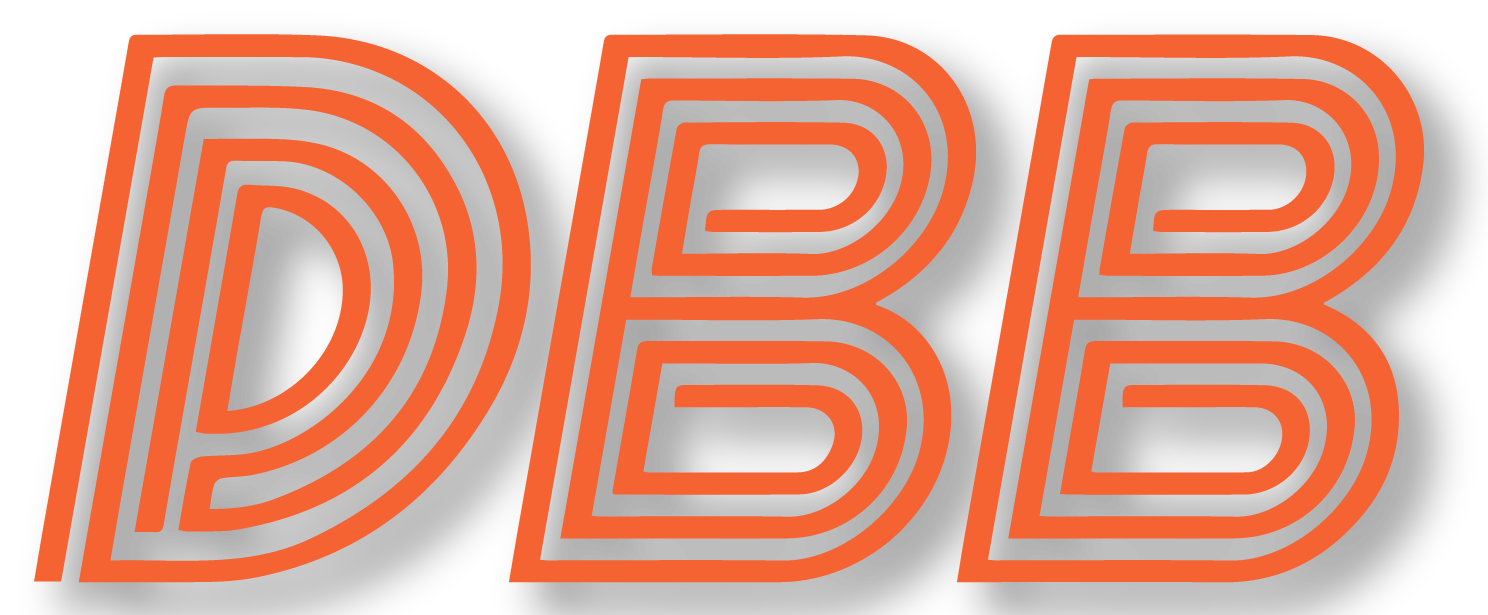
The NFL gathers this week in Indianapolis for the NFL Combine (or Underwear Olympics, as Jeff prefers to call them), when fans throw out years of game film and focus instead on numbers from a few tests done without pads on watch eagerly to see how well their favorite players perform in a number of drills testing athleticism.
No drill is more popular than the 40 yard dash, the purest measure of straight line speed that we have. While results of these few seconds often get over-weighted, speed is lethal in the NFL, and one of the (many) problems with Chicago’s offense is that they don’t have enough of it among their skill position players – RBs, TEs, and WRs. To better illustrate that, let’s dig into the numbers.
What Counts as Fast?
To start with, let’s figure out what average speed looks like in the NFL.
Defining this is more difficult than you might imagine, because getting an average first requires defining a sample.
I was able to find two different studies that did this, with different samples and thus different results.
- The first is MockDraftable, which provides the average for all Combine times at every position since 1999. However, not all players at the Combine end up playing in the NFL, and some not at the Combine do.
- The 2nd study by Topher Doll looked at all players who appeared in at least 5 NFL games since 2000 and found, unsurprisingly, faster averages nearly across the board than just plain Combine averages.
The table below shows the average 40 time for running backs, wide receivers, and tight ends for each study.

As we can see, those are quite a bit different. Since the Doll study is based on players who actually made it to the NFL, I think that’s probably a better reference value to use as average speed for a position.
Chicago’s Speed
Now let’s look at the 40 times for every player who recorded a carry or target for Chicago in 2019.
Read More …











